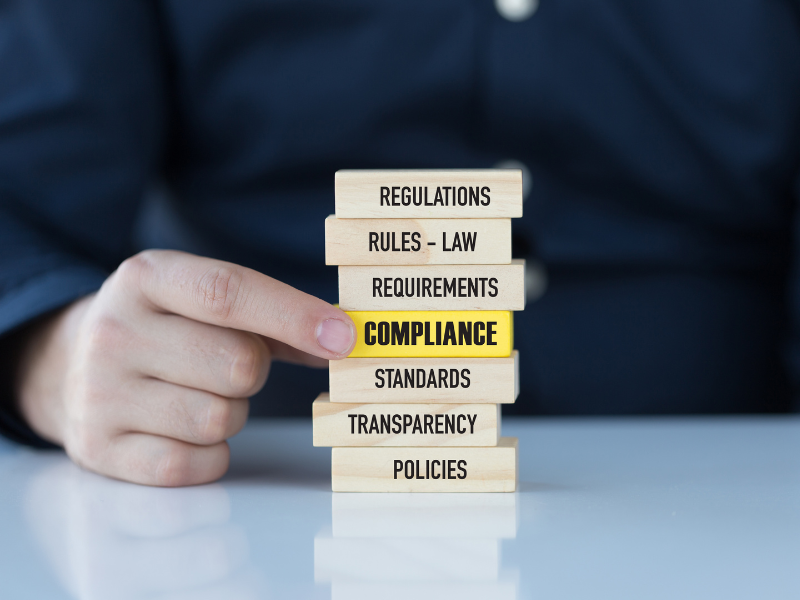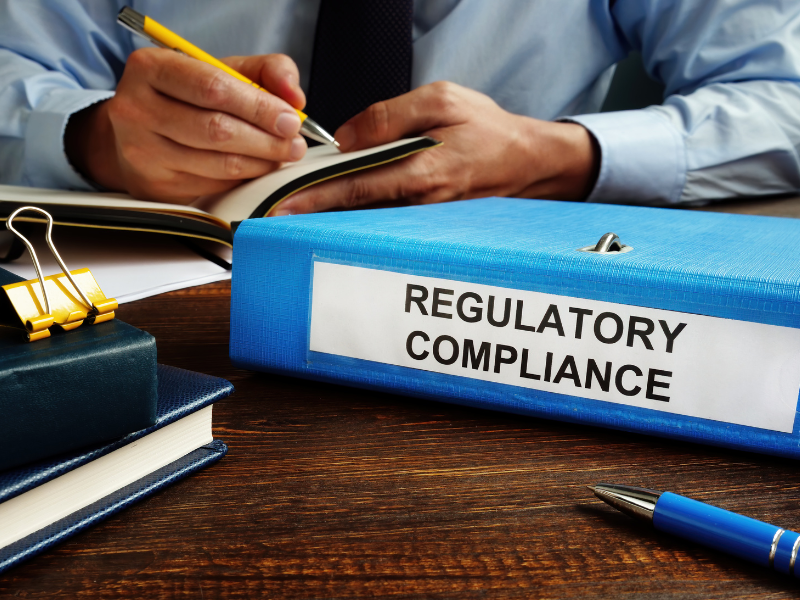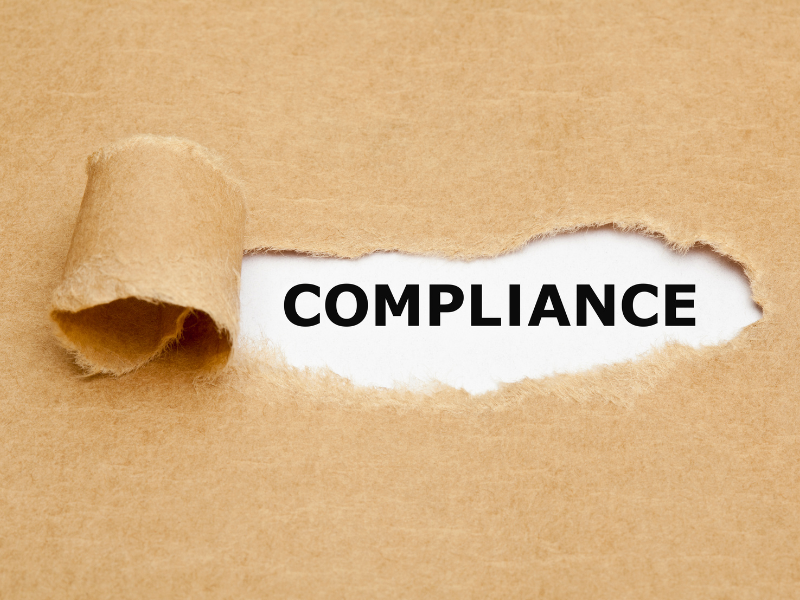Compliance with federal regulations is crucial in healthcare. It is the cornerstone of trust and credibility, fostering positive relationships and safeguarding organizations against potential legal, financial, and reputational risks. And by knowing the key elements of a compliance program, organizations can demonstrate their commitment to following ethical and responsible practices.
Read on and learn more about the importance of a compliance program and the critical elements contributing to its success.
Table of Contents

Understanding the Importance of a Compliance Program
For organizations, a compliance program is vital. It involves having internal policies and procedures to ensure adherence to laws, rules, and regulations. The compliance team then oversees and integrates this program throughout the organization for everyone, regardless of role and department, to understand and follow.
Compliance programs act as a safeguard, protecting the company’s ethical compass and demonstrating its commitment to corporate integrity. The compliance team remains vigilant and proactive to ensure everyone follows legal mandates and ethical principles, creating a culture of accountability and transparency.
When creating a compliance program tailored to your company, several factors also require consideration. Elements such as corporate structure, industry, size, and culture significantly determine your approach toward compliance. It is also necessary to consider how to make these elements work together seamlessly for optimal compliance outcomes.

The 7 Core Elements of an Effective Compliance Program
While the specific compliance needs may vary between companies, there are seven fundamental elements common to all legally effective compliance programs:
1. Policies & procedures
Clearly defining guidelines through written policies, procedures, and controls is crucial. A comprehensive Code of Conduct or Ethics is necessary to explicitly outline acceptable and unacceptable behaviors, especially in industries like healthcare with specific legal and ethical obligations.
2. Chief compliance officer (compliance committee)
Designating a high-ranking Compliance Officer or committee with the authority and resources to manage the compliance program is essential. They must have direct access to executives and, if applicable, the Board of Directors.
3. Education & training
Properly training officers, employees, and partners on relevant laws, regulations, corporate policies, and prohibited conduct ensures everyone understands the rules. Factors like scope, method, and frequency determine the training’s impact.
4. Reporting
Establishing a mechanism to capture and store reportable events or incidents, allowing for anonymous reporting, and ensuring timely handling by the Compliance Officer or Committee are vital.
5. Monitoring & auditing
Conducting periodic reviews and audits of compliance risks and the program allows for swift issue resolution. Targeted audits can uncover risks in specific business components, regions, or market sectors.
6. Enforcement
Universal support and commitment to the compliance program, from the CEO to interns, are essential for consistent and proper enforcement.
7. Responding to issues
Promptly responding to and investigating reported issues is a hallmark of an effective compliance program. Identifying problems through monitoring and auditing will only suffice if followed by timely corrective actions.
Incorporating these seven elements into a company’s compliance program can ensure legal effectiveness. At the same time, it protects its operations and reputation, reducing potential risks and liabilities.

Getting Started With Your Compliance Program
Understanding the core elements of a compliance program is crucial for several reasons. To ensure success, consider these guidelines and work on whatever is necessary to implement them effectively.
- Gain internal alignment: Before starting the compliance program, ensure all stakeholders, subject matter experts, and authorities are on board. Their support and agreement on the program’s primary goal are essential for its success.
- Consolidate policies and procedures: Conduct a policy audit to gather all existing policies in one location. This will help identify outdated, missing, or conflicting policies, which can be streamlined and managed more efficiently.
- Review and plan: After compiling the policies, review them to ensure they align with current regulations and program goals. Establish a plan for updating and approving the necessary changes.
- Communicate effectively: Transparent and consistent communication is vital. Employees must understand the program’s importance and benefits, including any changes to compliance procedures and policies.
- Provide compliance training: Merely updating policies with newer rules and guidelines won’t suffice. Conduct training sessions that help employees understand and apply the policies in their daily work.
- Continuous monitoring and review: Regularly monitor compliance and perform policy reviews to ensure the program remains relevant and effective.
- Establish accountability: Incorporate clear disciplinary guidelines and protocols into the program. Document employees’ acknowledgment of the compliance program and their training, ensuring they have the resources and knowledge to comply.
By following these steps and incorporating the core elements, you can lay a strong foundation for an effective compliance program that meets your organization’s needs.
Even though creating an effective compliance program requires overcoming several challenges, the abovementioned proactive measures can help set your organization towards success.







